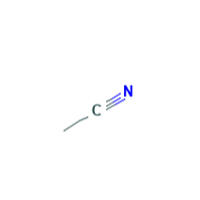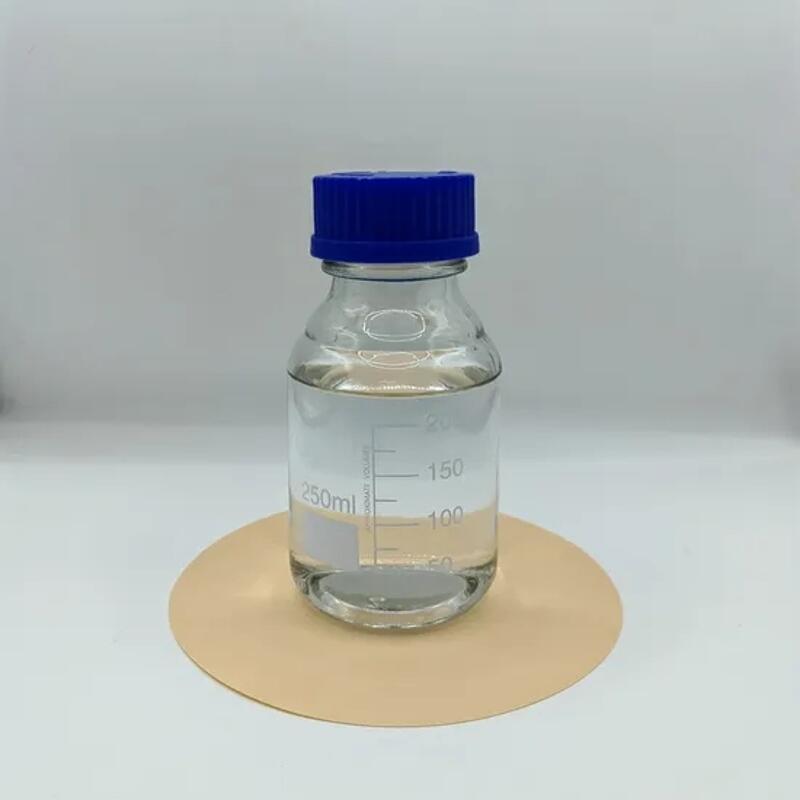-
Categories
-
Pharmaceutical Intermediates
-
Active Pharmaceutical Ingredients
-
Food Additives
- Industrial Coatings
- Agrochemicals
- Dyes and Pigments
- Surfactant
- Flavors and Fragrances
- Chemical Reagents
- Catalyst and Auxiliary
- Natural Products
- Inorganic Chemistry
-
Organic Chemistry
-
Biochemical Engineering
- Analytical Chemistry
-
Cosmetic Ingredient
- Water Treatment Chemical
-
Pharmaceutical Intermediates
Promotion
ECHEMI Mall
Wholesale
Weekly Price
Exhibition
News
-
Trade Service
Introduction
In the chemical industry, the production of various chemicals is carried out through different synthetic routes.
One of the important chemicals used in the industry is 1,3,5-tris(bromomethyl)-2,4,6-trimethylbenzene.
This chemical is widely used in the production of various chemicals, such as dyes, pigments, and pharmaceuticals.
In this article, we will discuss the synthetic routes of 1,3,5-tris(bromomethyl)-2,4,6-trimethylbenzene.
Synthesis of 1,3,5-Tris(bromomethyl)-2,4,6-trimethylbenzene
There are several synthetic routes for the production of 1,3,5-tris(bromomethyl)-2,4,6-trimethylbenzene.
The most common synthetic routes are as follows:
- Hydrobromation of N-bromo-2-nitro-3-methylaniline
N-bromo-2-nitro-3-methylaniline is treated with hydrogen bromide in acetic acid to produce 1,3,5-tris(bromomethyl)-2,4,6-trimethylbenzene.
This reaction is carried out in the presence of a catalyst, such as zinc chloride or aluminum chloride. - Direct bromination of toluene
Toluene is treated with hydrogen bromide in the presence of a Lewis acid catalyst, such as aluminum chloride or ferric chloride, to produce 1,3,5-tris(bromomethyl)-2,4,6-trimethylbenzene. - Sanderson reaction
The Sanderson reaction involves the bromination of anisole in the presence of hydrogen bromide and a catalyst, such as zinc chloride or aluminum chloride.
The reaction produces 1,3,5-tris(bromomethyl)-2,4,6-trimethylbenzene.
Advantages and Limitations of Synthetic Routes
Each of the synthetic routes for 1,3,5-tris(bromomethyl)-2,4,6-trimethylbenzene has its advantages and limitations.
The route chosen depends on various factors, such as the availability of raw materials, the desired yield, and the cost of production.
Advantages of the Hydrobromination of N-bromo-2-nitro-3-methylaniline Route
The hydrobromination of N-bromo-2-nitro-3-methylaniline route has several advantages.
The reaction produces high yields of the desired product, and the reaction is easy to control.
Additionally, the reaction can be carried out at room temperature, which reduces the cost of production.
The reaction is also more environmentally friendly compared to other bromination reactions, as it does not produce hazardous byproducts.
Advantages of the Direct Bromination of Toluene Route
The direct bromination of toluene route is also a popular synthetic route for 1,3,5-tris(bromomethyl)-2,4,6-trimethylbenzene.
The reaction produces high yields, and the reaction can be carried out at room temperature.
Additionally, the reaction is relatively simple and can be easily scaled up.
Advantages of the Sanderson Reaction Route
The Sanderson reaction route is another synthetic route for the production of 1,3,5-tris(bromomethyl)-2,4,6-trimethylbenzene.
The reaction produces high yields of the desired product and does not require the use of expensive catalysts.
Additionally, the reaction can be carried out at room temperature, which reduces






